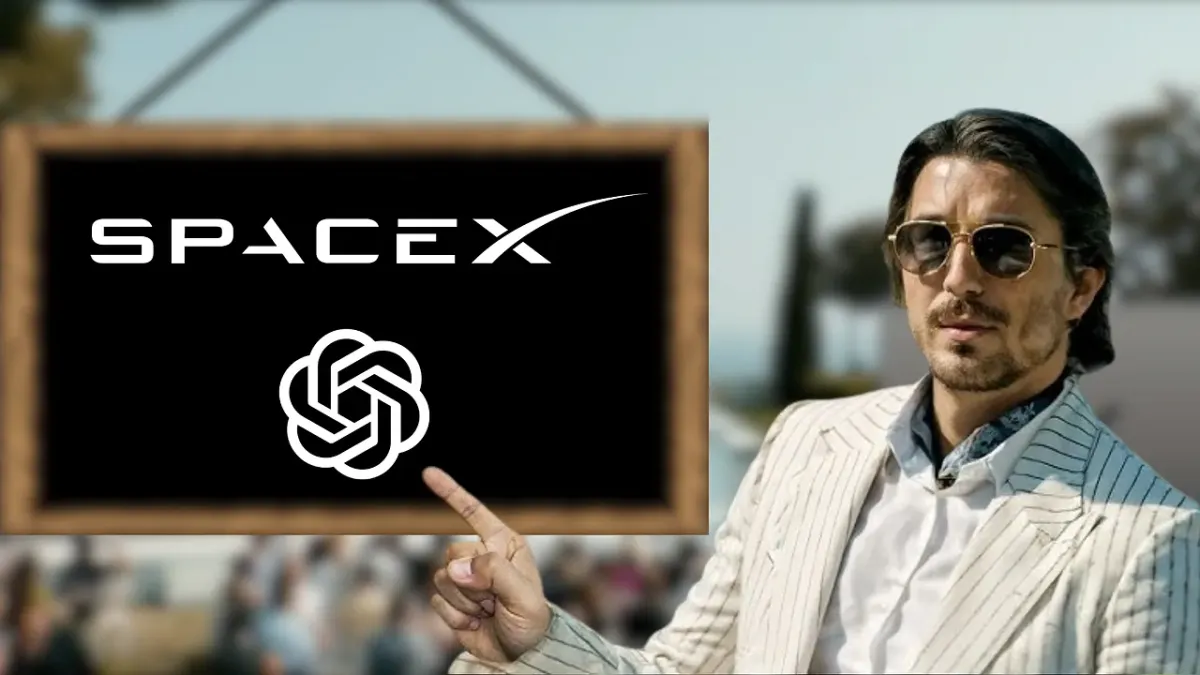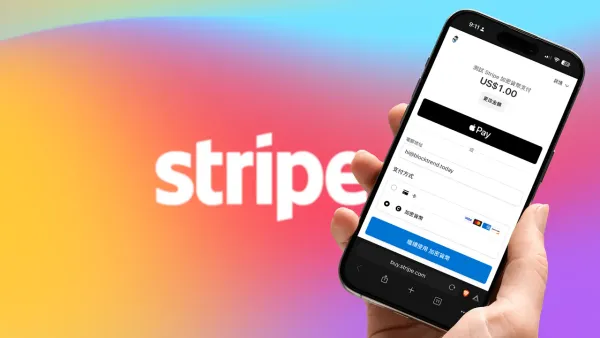Stock Tokens Are Making a Comeback! Why Are Investors Willing to Take the Risk Despite Being Pricier and Riskier Than Brokerages?

GM,
Yesterday’s discussion about SharpLink sparked some interesting comments under the article and on Facebook—points I hadn’t considered as a financial amateur. Definitely worth checking out. Also, we’re now including transcripts with the podcast so you can easily feed them into an AI for deeper discussion. Now, let’s get into today’s topic.
Back in 2020, I bought COIN and TSM stock tokens on the FTX exchange. After FTX collapsed, those tokens went to zero. Now, stock tokenization is making a comeback. From Robinhood to Kraken, platforms are once again pushing to put stocks on-chain. So in this piece, we’ll explore why some investors are still willing to take the risk on stock tokens—even though they’re more expensive and carry higher risk than traditional brokers.
Stock Tokenization
Online brokerage Robinhood recently held a product launch event, proudly announcing its new stock tokens, aimed at allowing non-U.S. investors to use tokenized assets to invest in U.S. stocks and ETFs directly within the Robinhood app. But what really caught the media’s attention was the promotional gift Robinhood offered its users. According to CNBC:
Robinhood’s stock hit a new high as the company unveiled several crypto initiatives, including launching stock tokens on Arbitrum, available exclusively in its EU crypto app. The offering supports over 200 stocks and ETFs, allowing 24/7 trading with no fees. To celebrate the launch, new EU users received free OpenAI and SpaceX tokens worth €5 each, with the total giveaway amounting to $1.5 million.
But here’s the catch—neither OpenAI nor SpaceX is publicly listed. So where did these stock tokens come from? In response, the central bank of Lithuania demanded an immediate explanation from Robinhood. OpenAI also clarified that the "OpenAI tokens" on Robinhood do not represent actual equity in the company.

This is essentially Robinhood’s version of gimmicky marketing. It’s like Tesla promoting its “Bioweapon Defense Mode”—most drivers will never need it, but it instantly creates a vivid impression: Tesla has powerful air filtration. Similarly, by launching OpenAI tokens, Robinhood delivers a clear and memorable message: “In the future, everything can be tokenized.” Whether or not the OpenAI tokens ever become tradable doesn’t really matter—Robinhood has already achieved its marketing goal.
In addition to Robinhood, several crypto exchanges like Kraken, Bybit, and Bitget have recently been aggressively promoting a stock token product called xStocks. Though the platforms differ, all xStocks are operated behind the scenes by the same company: Backed Finance. Backed has already tokenized 60 well-known U.S. companies (like Apple, Tesla, Google, and Meta), as well as several ETFs, and issued their tokens directly on the Solana blockchain. For example, there’s NVDAx for Nvidia and TSLAx for Tesla. This means investors without a U.S. brokerage account can still purchase these stock tokens directly on-chain.
Backed essentially plays the role of a “stock proxy buyer”: they purchase the real stocks, place them in custody with a regulated third party, and then issue corresponding tokens on Solana. Unlike Robinhood, Backed doesn’t get cheeky—the tokens it issues all represent shares in publicly listed companies.

At the core, this is simply another form of Real World Asset (RWA) tokenization. And as someone who dabbled in stock tokens back in 2020 on FTX—and lost everything—I can’t help but wonder: how is this new wave of stock tokenization any different from the last?
More Risk Than Reward
Today, you can buy stock tokens directly on decentralized platforms like Raydium and OKX Web3, without registering on a centralized exchange or going through KYC. It’s undeniably more accessible than before. But two key questions still loom over stock tokens:
- Are investor rights protected?
- Are the token prices fair?
I’m especially concerned about the first point. Back then, the stock tokens I bought on FTX were backed by a German company, CM-Equity, which handled the actual stock purchases. A Swiss firm, Digital Assets, issued the tokens, which were then listed and traded on FTX. The entire process resembled traditional financial instruments like depositary receipts. Essentially, what investors received were tokens that merely reflected the price movements of real stocks—while the underlying shares remained in the hands of intermediaries.

Backed Finance’s current approach isn’t much different. What investors actually hold is a credit claim against Backed. When redeeming, they’ll receive at most the cash value from selling the stock—minus fees. If the issuer or trading platform goes under, these tokens would likewise become worthless.
Pricing issues also persist. A price comparison reveals that stock tokens on-chain are often more expensive than their brokerage counterparts. Take NVDA as an example: Google shows the current stock price at $167.03, while the NVDAx token costs $168.20—a noticeable gap even when buying just one share, and even more so in bulk. This spread stems from low liquidity and limited market size, leading to natural price discrepancies.
Despite being available 24/7, requiring no brokerage account, and even being compatible with DeFi applications, stock tokens still fail to address the core concerns of most investors: rights protection and fair pricing. Since neither of these issues has been clearly resolved, I believe that—for now—the drawbacks outweigh the benefits.
Unless the financial world changes.
Imagining a Different Future
If the future of finance remains the same as today—where people still buy and sell stocks through brokerages and the dominant players remain unchanged—then stock tokenization offers little to discuss. For it to matter, the market structure and participants would need to change simultaneously. Imagine a future where buying stocks no longer requires a brokerage account, and people trade directly on-chain using a wallet.
That still sounds far off today. Wallet adoption remains low, and most people haven’t even interacted with on-chain applications. But times and habits do change, and younger generations are learning new tools faster than ever. Once the participants shift generationally, stock tokens might finally have their moment.
The best example is YouTube. When the first video, “Me at the zoo”, was uploaded in 2005, no one believed that amateur videos could ever replace professionally produced television. But 20 years later, YouTube has become a mainstream entertainment platform for countless households. Traditional broadcasters are now cutting up their shows into short clips and uploading them online.
I also agree that stock tokenization currently feels underwhelming—more of a novelty than a necessity. Traditional brokerages already offer all the essential features. We’ll have to wait for a shift in external conditions before these “seemingly useless” innovations get a chance to prove their value. If I were making a large stock purchase today, I’d still go through a traditional brokerage—not stock tokens. But I also wouldn’t dismiss this innovation just because it doesn’t feel useful right now.
After all, it’s like that early “Me at the zoo” video. You need a bit of imagination to see the future value.





